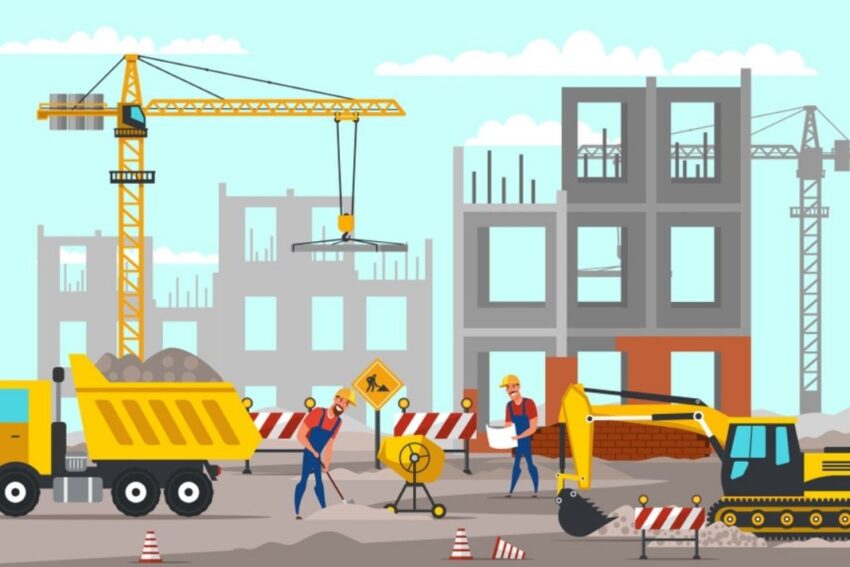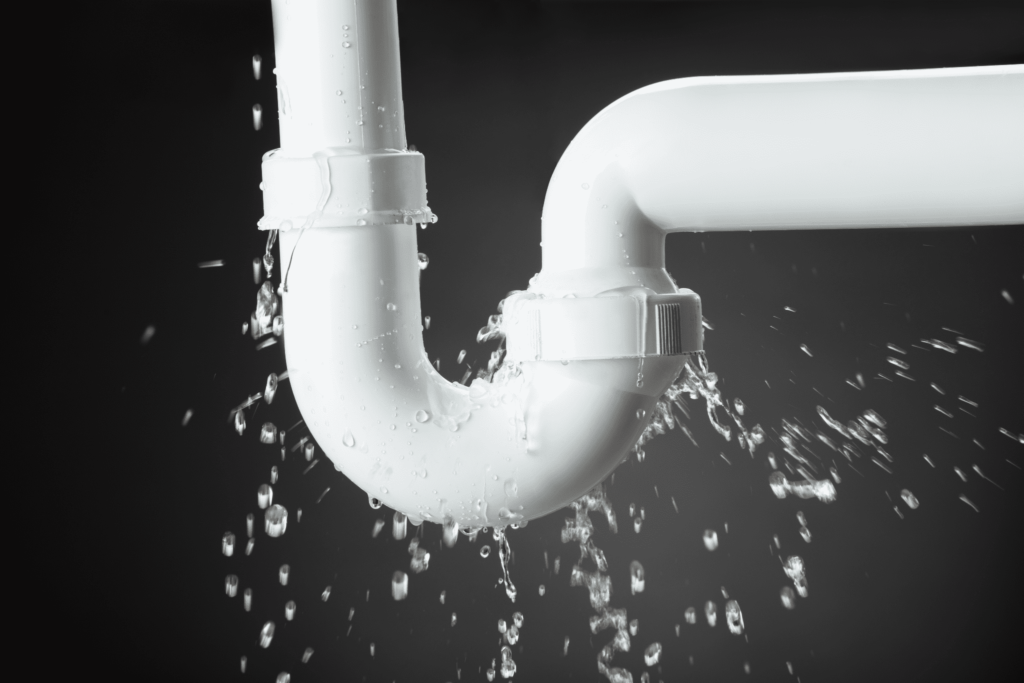The construction and building industry can present various hazards to workers and occupants alike. Understanding the potential risks during construction and the long-term health hazards from exposure to specific materials is crucial. Having knowledge of these hazards enables us to take essential precautions, ensuring the safety of ourselves and those in our vicinity. In this article, we will delve into various building hazards and offer valuable tips on ensuring safety in such environments.
Falls and Falling Objects:
Working at heights, such as on scaffolding or rooftops, can lead to falls that cause severe injuries or fatalities. Additionally, falling objects from elevated work areas can pose a risk to workers and bystanders below. To safeguard against falls, it is imperative to utilize suitable fall protection gear, including harnesses and guardrails. Additionally, ensure that tools and materials are properly secured to prevent any accidental falling incidents.
Electrical Hazards:
Construction sites often involve electrical work, which can be dangerous if not handled correctly. Electrocution and electrical burns are potential risks. Avoid working near live electrical wires, and ensure that electrical equipment is properly grounded and insulated. Use personal protective equipment (PPE), such as insulated gloves and footwear, when handling electrical components.
Structural Collapse:
During construction or renovation, unstable structures may collapse, leading to injuries or entrapment. Always follow proper building codes and engineering guidelines, and use appropriate shoring and support systems when working on or around weakened or partially demolished structures.
Exposure to Hazardous Materials:
Certain building materials can release harmful substances, such as asbestos, lead, or silica dust. Follow safety protocols for handling hazardous materials, wear appropriate PPE, and use ventilation systems to minimize exposure.
Confined Spaces:
Working in confined spaces, like crawl spaces or trenches, can be hazardous due to limited ventilation and potential exposure to toxic gases or lack of oxygen. Always test the air quality in confined spaces, use proper ventilation, and have an effective rescue plan in place.
Heavy Machinery and Equipment:
Operating heavy machinery and equipment on construction sites requires proper training and caution. Improper use can lead to accidents, crush injuries, and fatalities. Ensure that operators are adequately trained and that safety guidelines are followed when using machinery and equipment.
Fire Hazards:
Construction sites often involve welding, cutting, and other hot work, which can lead to fires if not managed carefully. Keep fire extinguishers easily accessible, create a fire safety plan, and ensure that any hot work is conducted in a controlled environment.
Noise and Vibration:
Construction sites can be noisy environments, exposing workers to potential hearing damage. Continuous exposure to loud noises can result in hearing loss.
Use hearing protection and limit exposure to loud machinery and tools.
Trips and Falls:
Construction sites may have uneven surfaces, debris, and temporary obstructions, increasing the risk of trips and falls. Keep work areas clean and organized, wear appropriate footwear, and use proper lighting to prevent accidents.
Heat and Cold Stress:
Extreme weather conditions can pose health risks to workers. Stay hydrated and take regular breaks in hot weather. To protect yourself and others from the hazards of building, prioritize safety at all times. Follow safety guidelines and regulations, wear appropriate personal protective equipment, undergo proper training, and be vigilant about potential risks. Implementing these precautions contributes to fostering a safer work environment within the construction and building industry.


